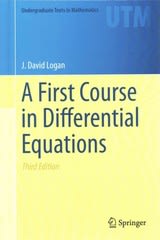Answered step by step
Verified Expert Solution
Question
1 Approved Answer
The following information applies to questions 8-10. Go tohttps://rconnect.byu.edu/Stat121App/ On the left panel, select Procedures for Means, then select Two Sample T Procedures. Select the
The following information applies to questions 8-10.
Go tohttps://rconnect.byu.edu/Stat121App/
On the left panel, select "Procedures for Means", then select "Two Sample T Procedures". Select the "Student Responses" dataset, then select "Married" as your categorical explanatory variable and "HoursSleep" as your quantitative response variable. Select "Yes" as Group 1 and "No" as Group 2, where "Yes" means a student is married and "No" means a student is not married. Generate boxplots of your data.

Step by Step Solution
There are 3 Steps involved in it
Step: 1

Get Instant Access to Expert-Tailored Solutions
See step-by-step solutions with expert insights and AI powered tools for academic success
Step: 2

Step: 3

Ace Your Homework with AI
Get the answers you need in no time with our AI-driven, step-by-step assistance
Get Started


